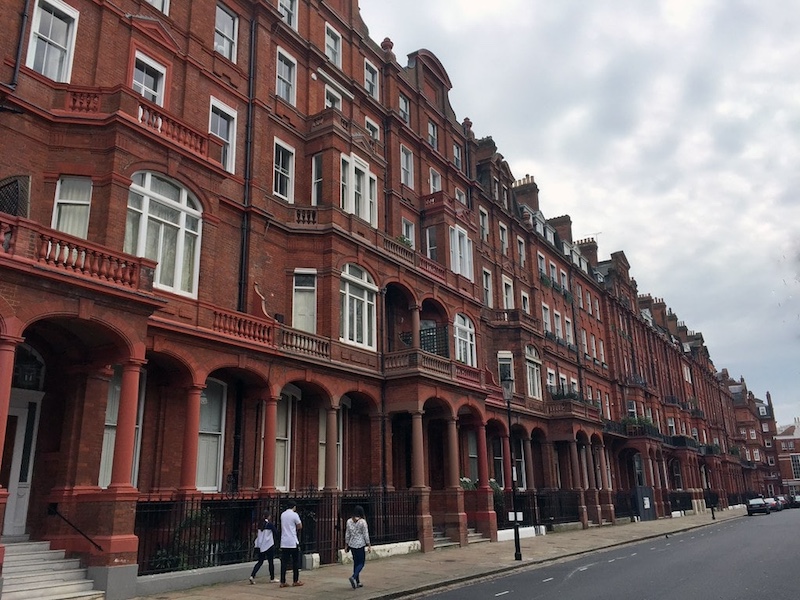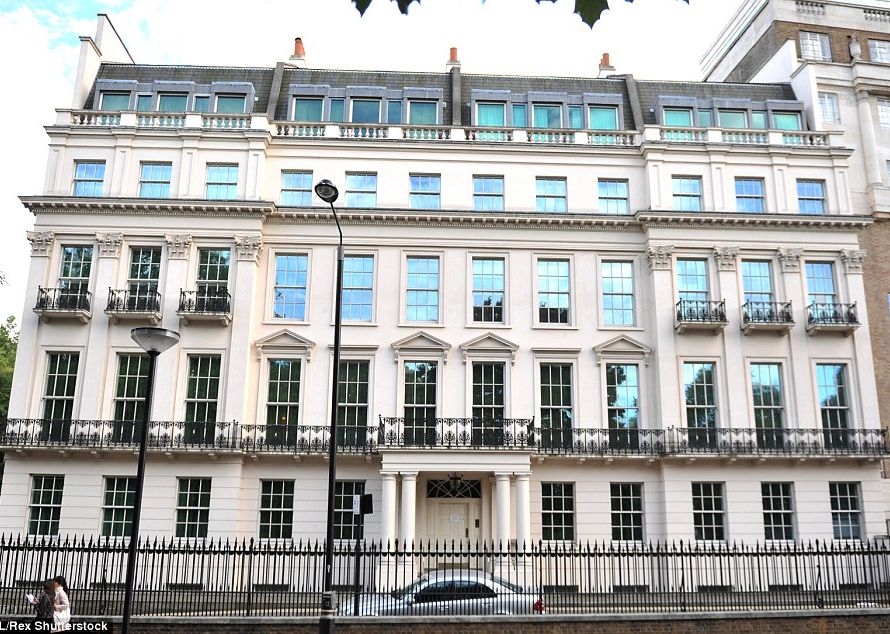Identifying a strong investment opportunity in the property market is both an art and a science.
At Curzon Land, it begins with a detailed understanding of our clients’ needs, which can vary widely from one to another, and culminates in a meticulously curated portfolio that aligns with their financial goals and risk tolerance.
From evaluating the specifics of each client’s brief to using our experience and expertise to understand the details of property locations, styles, and potential returns, our approach is comprehensive.
We take into consideration everything from the fundamental aspects of the property market to the finer details of lease agreements and tenant quality.
Whether our clients are newcomers to the market looking for ‘core’ property assets or seasoned property investors exploring ‘value-add’ or ‘development’ opportunities, our strategy is tailored to meet their unique investment needs.
Our decision-making process at Curzon Land when it comes to identifying investment opportunities for our clients ensures that each investment is not just a transaction, but a pivotal part of a well-considered investment strategy.
What does the client want?
It all begins with understanding what the client wants. Some may have a vague idea; others may have a very specific brief and on occasion they don’t know at all and just ask for recommendations.
Just last weekend, for example, I had a client referred to me who was looking for a three-bedroom flat in either Kensington, Mayfair or Belgravia.
This initially told me that the client didn’t really know what they were looking for, as these are very different areas and there was no budget provided.
If you walk around Belgravia, you’ll see big, white, stucco-fronted homes, across the street into Knightsbridge and you have iconic red brick buildings featured in the Cadogan Estate, and then further west into Kensington the properties available are varied.
So, my strategy here was to take the client two or three different investment property options from each of these areas and from there I was able to narrow down the search based on his preferences in terms of location, pricing, style of building and even other aspects, such as whether he wants air conditioning.
Other clients have a much better idea of what they want, for example, I worked with one client who wanted ground floor shops in prime locations in big cities, which made the job of identifying potential investments much easier.
Working with outside brokers we were able to find units in Glasgow, London and Edinburgh that fit the client’s brief for the construction of his UK portfolio.
Risk/Reward Appetite
In the case of investors who want to invest in property to diversify their portfolio, but they don’t have any experience or a brief and so ask for a recommendation, then it is up to me to deduce their risk/reward appetite.
In terms of property investments there are three different types, all with different risk and reward levels.
You have your core investments, which is a property with a good tenant on a long lease and you can just collect the money with very little work or risk on your end.
Then there’s value-add properties, where you buy something that needs a little work or you might want to add some extra space.
Finally, you have development projects where you’re building a property from scratch, which can be very rewarding, but also very risky, as you need to put more money in initially and if something goes wrong, your pockets have to be deep enough to keep the project going.
So, it’s a matter of assessing the risk tolerance of each client, but ultimately, an ideal property investment portfolio will have all three of these different asset types.
Location
Selecting the best area for property investments is crucial because if you buy a property, no matter how nice it is, in a declining area, then it will always be difficult to make a good return.
That’s why the key is to only invest in property either in a stable area that has historically provided solid returns or an up-and-coming area, for example, Shoreditch or Farringdon, which have always had fantastic old character buildings and now they also have stations along the new Elizabeth line.

Finer details
After the main elements that go into identifying a property investment have been ironed out, it’s time to turn to the finer details to ensure comprehensive due diligence has been done before parting with any cash and this is where our industry expertise and experience is vital at Curzon Land.
For example, you need to know how long the client’s income stream will be based on how long the current tenant’s lease is, as well as what maintenance responsibilities your client might have.
If the tenant occupies the entire building, it is likely they will have to deal with any repairs, but if you have multiple tenants, you may need to employ a block management company to deal with maintenance and insurance issues.
One of the most important details to look at before making any property investment is the rent review mechanism in the lease.
Is it to market every five years, or is it based on the Consumer Price Index with caps, which can be an issue if inflation is at 10%, as we have just experienced, because this will restrict the value of the property.
Another aspect to consider is tenant strength. Is it a good company occupying your property and are they in a stable sector?
You also have to look at the building quality and whether there are any structural issues.
These days, for example, if there is flammable cladding on your building that is an issue and EPC (Energy Performance Certificate) rating is very important.
Soon, it won’t be possible to lease properties without at least a minimum of a ‘B’ EPC rating and it can be very costly to get some older London buildings, especially listed buildings, to that point.
It’s also important to consider alternative uses of the property should your tenant go bust, can it be let to a retail tenant or office tenant instead or if necessary, can it be converted into a residential property? Perhaps physically, but will you be able to get the planning permission?
Ultimately, my job when helping clients to identify shrewd property investments is to understand the investment wholeheartedly and make sure there are no surprises, so they have a comprehensive view of any issues that might arise with any property they invest in.
This comes from being extremely thorough in the due diligence process, but also through having decades of experience in the industry, which means that at this point in my career I almost have a sixth sense to be able to root out potential issues.
I was recently in a situation, for example, where a fund in China, as one of their seed projects, wanted to acquire a local shopping centre in the middle of a big housing estate.
The shopping centre had not been leased yet and I visited it with a group of bankers who noticed that there was an exhibition centre over the bridge and so they were told by the people selling the shopping centre that it would have lots of customers with people coming over from the exhibition centre.
It occurred to me, however, that this would not be the case, as there were already food and beverage options over in the conference centre and instead the real focus should be on the housing estate around the shopping centre and whether that could produce enough potential customers.
This seems simple, but it often takes someone with experience to point investors in the right direction and ask the important questions, rather than just focusing on what the seller wants you to know.
So, if you’re looking to add property to your investment portfolio and you want to work with a specialist who is not only experienced, but who you can also trust to exclusively present you with shrewd, well thought out investments, then get in touch by emailing us at cgreen@curzonland.com or call us at +44 (0)7948 979 490.



